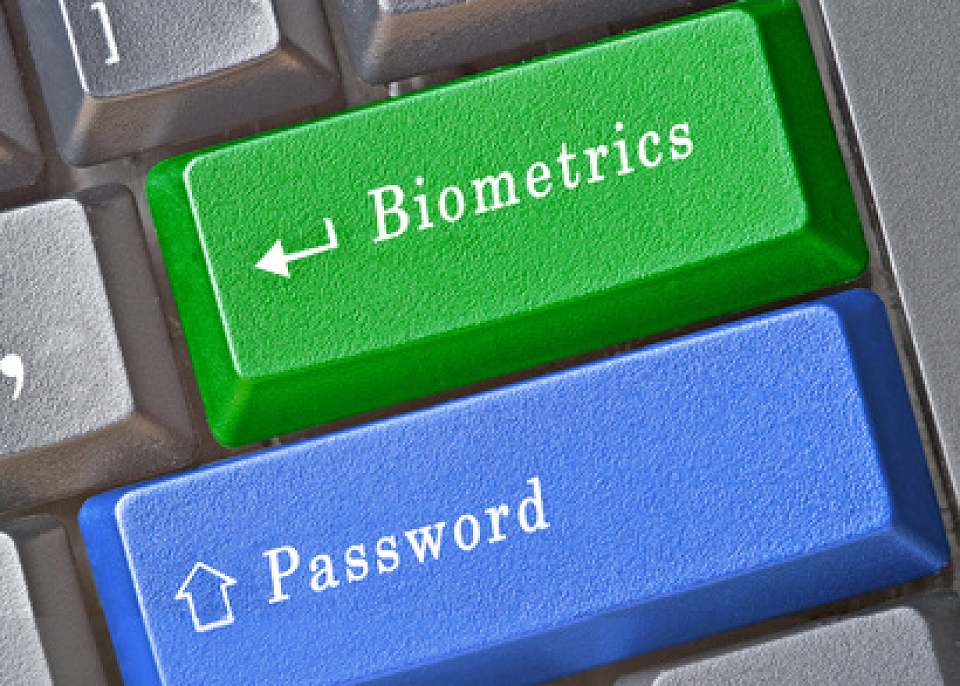People don’t do very well with passwords. No matter how many times security experts warn us about using — and re-using — easily guessed passwords, last year almost 17% of us locked (maybe) our accounts with the password “123456.” Thus mobile device makers have for some time resorted to fingerprint identification to secure smartphones and some other mobile devices instead of relying on passwords. In fact, fingerprint identification has been with us long enough for people to start finding ways to get around it, so some businesses are now escalating the development of other biometric identification techniques.
- Apple exploring two-step touch id and facial recognition system for iPhone 8 (MacRumors | Tim Hardwick) “Notably, [KGI Securities analyst Ming-Chi] Kuo believes the fingerprint recognition system will ‘ultimately be replaced by a facial recognition system’ for enhanced security. ‘However, if the technical challenges cannot be overcome, we believe a combination of fingerprint and facial recognition is another possible solution.’ ‘Judging by the bio-recognition patents that Apple has applied for, we believe it is leaning toward facial recognition technology rather than iris recognition.’”
- Fujitsu develops palm-vein tech for mobile devices (Planet Biometrics) “Users slide their fingers across the touch panel of the mobile device, and as the user’s palm passes over the optical unit, which continuously captures images of the palm. At the same time, coordinate data obtained from the touch panel is also continuously recorded. Even though the optical unit’s compact size results in a smaller capture area, because the hand passes over the optical unit, the pattern of palm veins is divided up for reading, enabling the entire palm vein pattern to be used for authentication.”
- Latest in biometrics: Security system uses emotional fingerprint (Counsel & Heal | Minnow Blythe) “The emotional states of the user are matched to a pre-determined pattern and then compared with a particular configuration of the system that will either allow or not allow the user access to the resources. When the user next asks to be given access to the resources, the system then just analyzes the user’s current brainwave activities and matches it to the emotional fingerprint to determine if the user can be granted access or not. By scanning the brainwave activities of an individual, the biometric system can not only determine if the individual can be given access to resources but also determine if in the current emotional state of the user, will he or she be using the given resources responsible or acting in his own terms.”
- Biometric hopes hinge on “multi-modality” (Banking Exchange | Bill Streeter) “[…] fingerprint scanners don’t work with gloves (nor particularly well with hand cream on your fingers). Facial recognition requires good light. Voice recognition can be foiled by background noise. And iris scans also require good light—and a willing customer. As a result, banks and other implementers will have to think in terms of not just one biometric technique, or “modality,” but of “multi-modality.” That is, the ability to support multiple ways of identifying people on mobile phones and other digital devices.”
Articles from Ohio Web Library:
- A novel biometric authentication approach using ECG and EMG signals. (Journal of Medical Engineering & Technology, May 2015, p.226-238 | Noureddine Belgacem, Régis Fournier, Amine Nait-Ali, and Fethi Bereksi-Reguig)
- Multimodal biometrics for enhanced mobile device security. (Communications of the ACM, April 2016, p.58-65 | Mikhail I. Gofman and Sinjini Mitra)
- Better security through biometrics. (ABA Banking Journal, Jan./Feb. 2017, p.20-23 | Monica C. Meinert)


